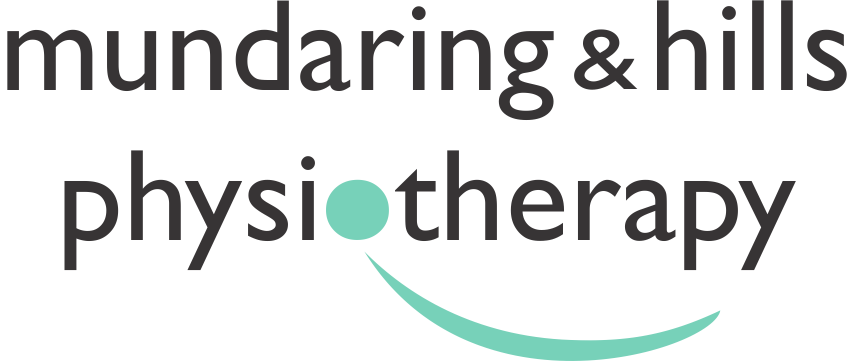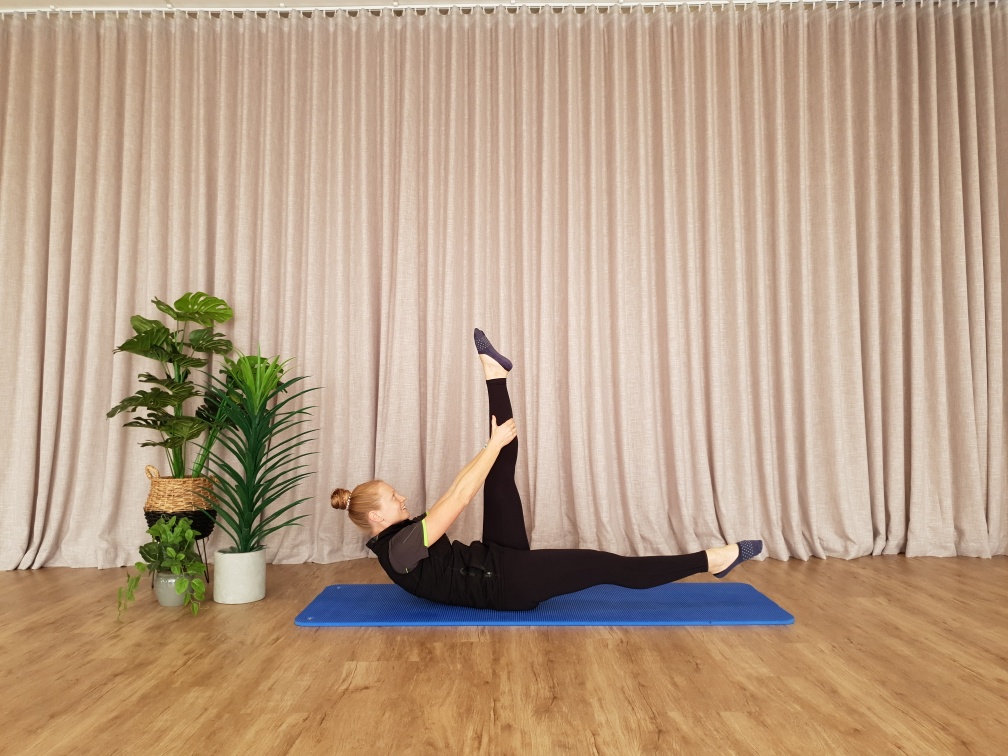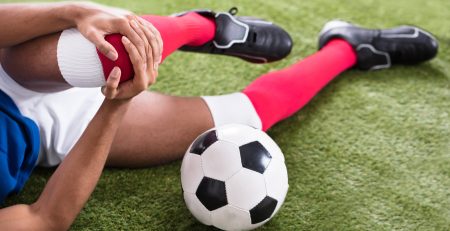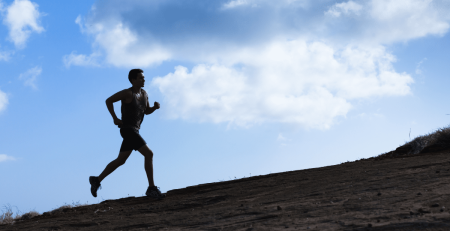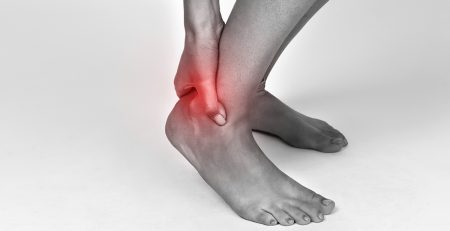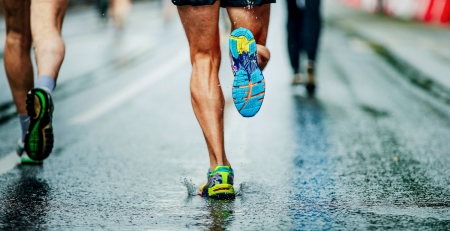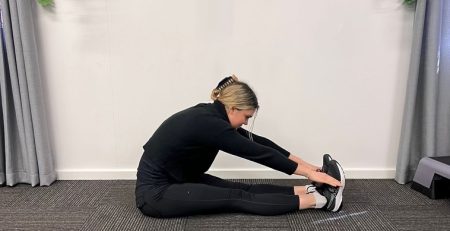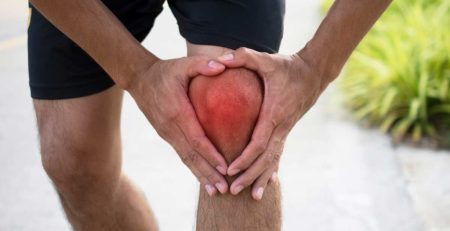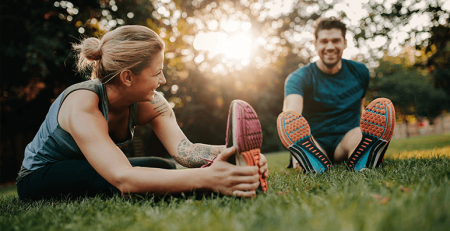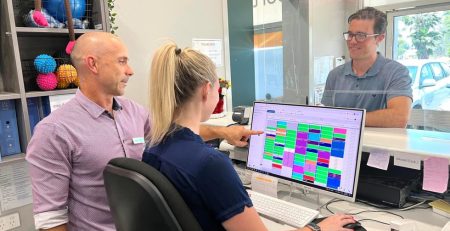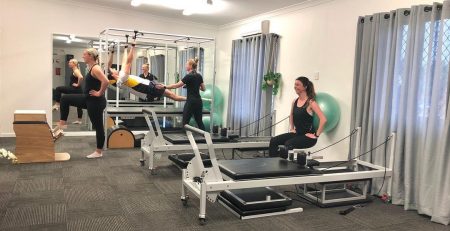Let’s talk Pilates
Will pilates help my flexibility? Does it help strengthen my core? How is Pilates different from yoga?
These are just a few questions we get asked when Physios start talking Pilates with their clients, so here is the rundown.
What (or who) is Pilates?
Pilates is a form of exercise developed by a German man named, Joseph Pilates. He created these exercises on his theory that having a “strong core” allows for better movement, improved health and wellbeing.
During World War II, with his role in prisoner-of-war camps, Pilates developed his exercises further using equipment constructed from hospital bed frames, hence the use of spring resistance in the studio today. Post-war, Pilates and his wife moved to the United States, opening their own studio which they shared with the New York City Ballet Company. Here the origins of his newer exercises were founded, reflecting the art of ballet techniques.
So how is this different from yoga?
Yoga is the practice of mindfulness through body movement that has been taught for centuries. Its spiritual origins lie in ancient Indian philosophy. Over time, yoga has developed into different types of poses and flows as practices were handed down from yogi to student.
So the foundations of the two forms of exercise are quite different. But it’s not to say that either doesn’t focus on strength or mindfulness. We can use mindfulness practices in Pilates but it is not the sole foundation of this form of exercise.
What has Pilates got to do with physio?
In physioland, we have taken Pilates theory of “core strength” plus his repertoire of exercises and combined it with physiotherapy research evidence to develop a therapeutic application of exercise This can assist our clients through injury rehabilitation and recovery.
Physiotherapy interprets the “core” as a collection of muscles within the body that enable us to maintain stability and allow efficient body movement. These muscles are: transverse abdominus, pelvic floor and the diaphragm.
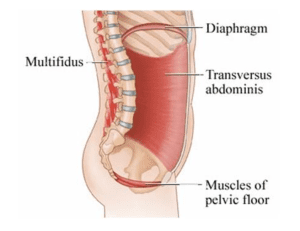
It is the coordinated function of breathing, activation and relaxation of these muscles that we, as physiotherapists, are trying to bring your awareness to. There is a wide range and variety of reasons why someone would benefit from pilates.
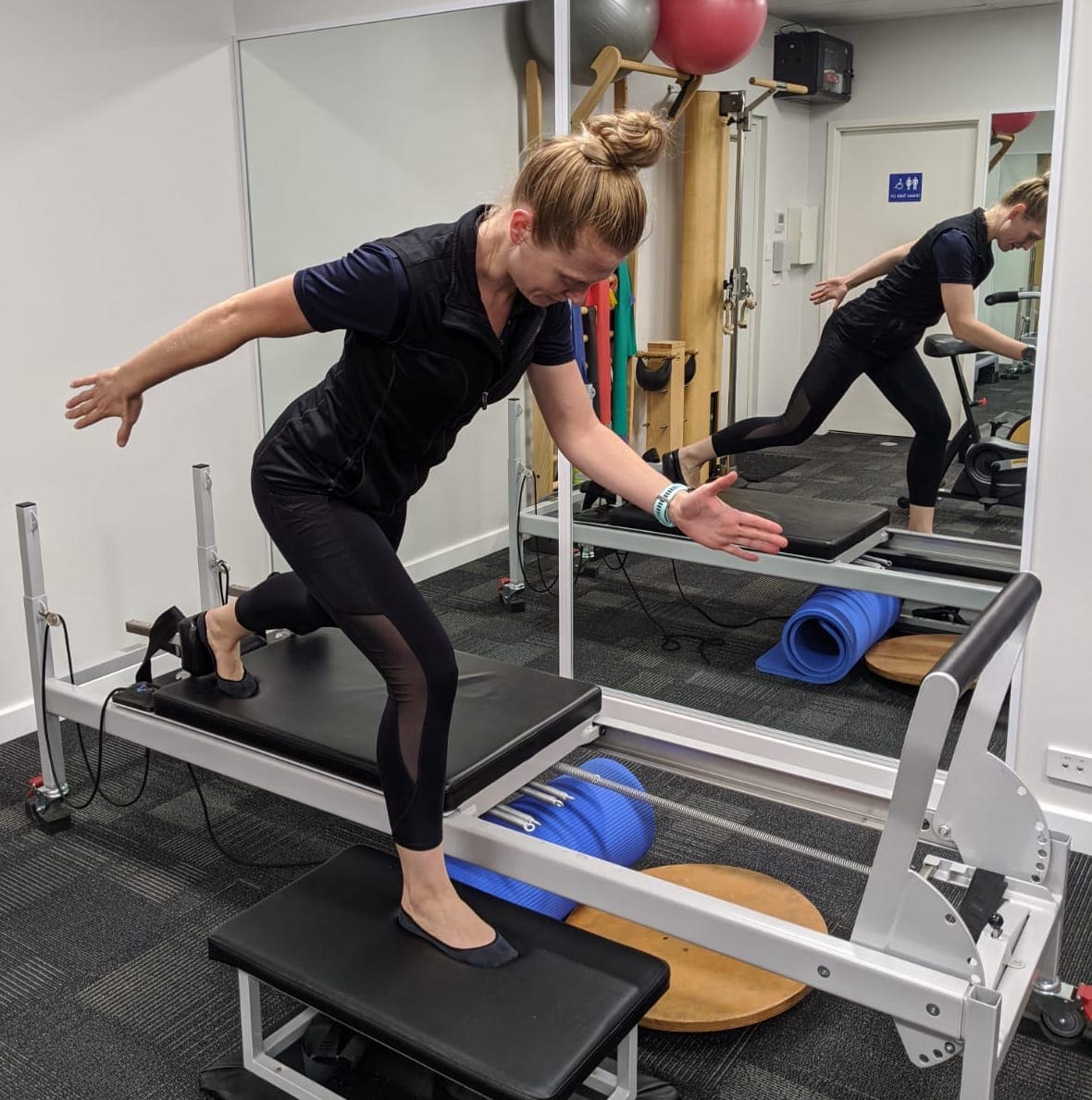
What can Pilates help me with?
Pilates is more than stretching to give you more flexibility. After your initial assessment, we get you started on mastering the basic breathing technique and necessary activation of your core muscle group. You will then build on these basics to work all different muscles through the body.
The beauty of Pilates is that you can really target and strengthen specific muscles but you can also integrate multiple muscle groups to achieve more functional exercises. But yes, we can also work on lengthening and flexibility through muscle activation. So no, you don’t have to be flexible to gain the benefits of Pilates, this will come with time.
We work with a range of athletes, from gymnasts to football players to enhance specific aspects of performance. We work with all age groups and with pre-/post-natal women. We work with all abilities, including multiple sclerosis to help prevent falls and enable improved quality of life. And we work with everyone in between.
If you feel Pilates could benefit you, please feel welcome to come in and chat. We look forward to getting you started on your Pilates journey and meeting your functional and fitness goals.
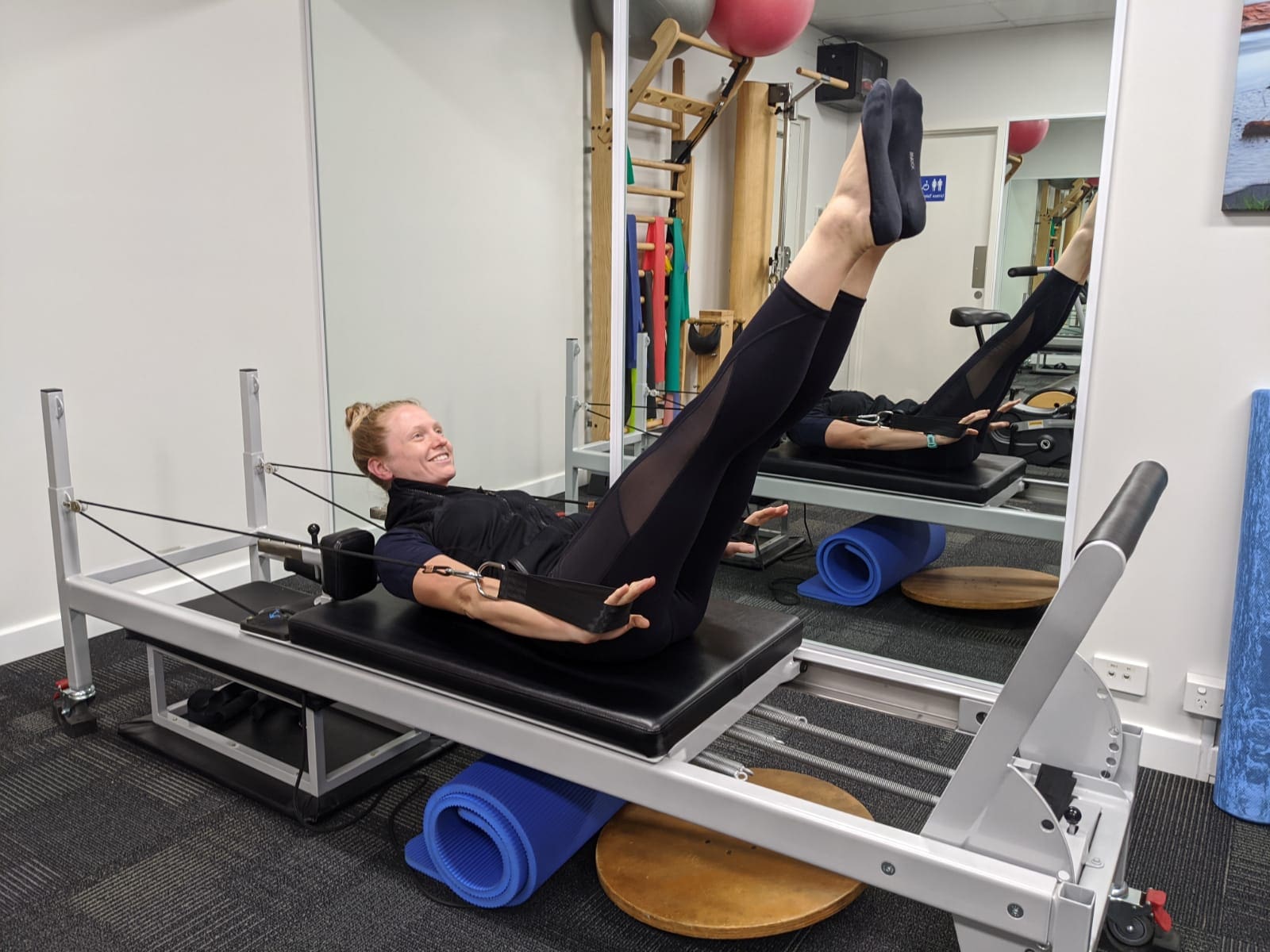
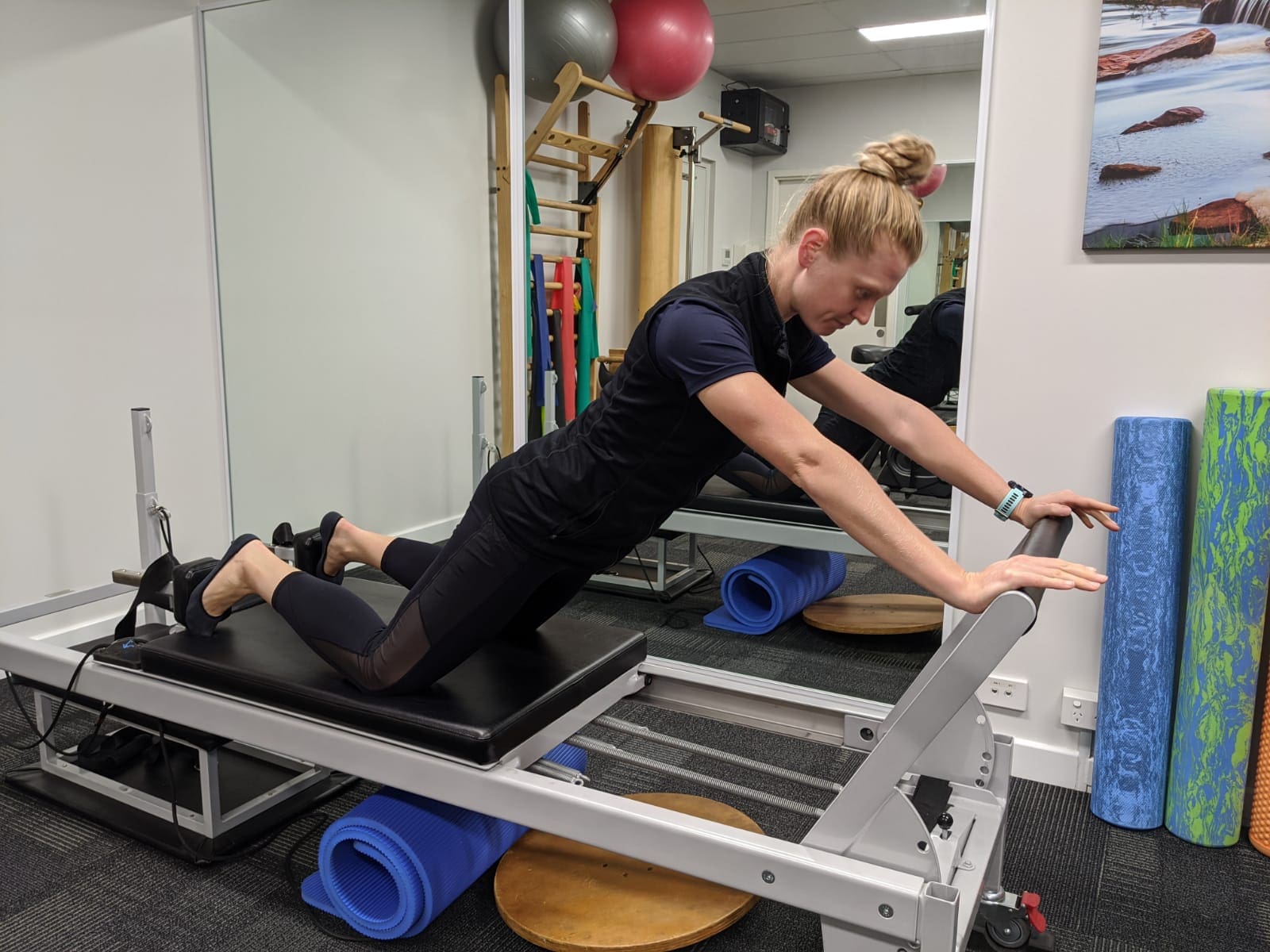

Amy Zappavigna
Amy has integrated her clinical skills and Pilates knowledge into treating and managing her client’s injuries. She enjoys getting people active and on the right path to achieving their fitness and functional goals.
In her spare time, Amy is training for her next triathlon or running around the field umpiring amateur football.
SPECIAL INTERESTS:
Treating Running Injuries
Rehabilitating Spinal Pain.
